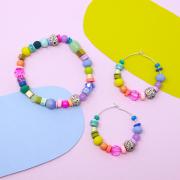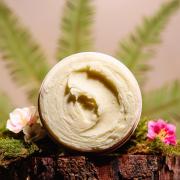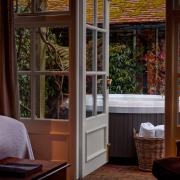As we all start heading for hotter climes, first stop is the chemist for the all important suntan lotion, but what exactly are we buying? Liz Barnett checks the pack to find out what's really inside
It’s thought that the first sunscreen to be manufactured was a product called Gletscher Creme or Glacier Cream, invented by chemist Will Baltzer in 1938. It was a red, sticky substance not unlike petroleum jelly and proved to be unfavourable with the mass market. It wasn’t until World War II, when soldiers realised the real effects of the sun that demand for sunscreen grew. The first products to hit the shelves such as Coppertone Girl and Bain de Soleil are thought to have had a sun protection factor of around a two, that was until Franz Greiter introduced the SPF concept in 1962, which has since become a recognised measurement of sun cream effectiveness. We all now know that the higher the SPF the better the protection, but what else are we smothering ourselves in? Each sunscreen product that we buy has over 30 ingredients listed on the back; I’ve broken down just a few of the more common components to find out exactly what we are getting for our money.
Antioxidants: Many suntan lotions now include antioxidant vitamins E and C, and beta-carotene. They work by destroying free radicals (oxygen molecules that break down collagen, which causes wrinkles and sagging).
Canola Oil: A vegetable oil derived from the canola seed and used for its high levels of Oleic Acid and Vitamin E. It is an excellent emollient and moisturiser, which helps to reduce dry and irritated skin. Dimethicone: A form of silicone used as a lubricant. It ensures that the product spreads evenly and effectively. Frescolate or Menthyl Lactate: A form of menthol used to give the skin a cooling sensation. Aminobenzoic Acid: Is a white, crystalline substance that absorbs UVB rays, which are harmful to your skin. Homosalate: An organic compound formed from salicylic acid, it helps to break down and absorb the sun’s ultraviolet waves. Titanium dioxide: Titanium dioxide is found in practically every sunscreen due to its high refractive index, its strong UV light absorbing capabilities and its resistance to discolouration under ultraviolet light.
What the experts say
Sunlight is without a doubt your skin’s worst enemy. UVA and UVB rays promote premature ageing; uneven pigmentation and can cause skin cancer. With the dangers of UVA and UVB exposure well documented these days it is much safer to fake it, and with fake tanning technology improving all the time you can now get an all over natural looking tan in an instant.Pamela Wilson at Tonic, Southampton As a beauty therapist with a special interest in anti-ageing skin care I can’t square the moral circle of offering UV tanning alongside it. I originally trained as an operating theatre nurse and for two days a week I would assist in operations to remove skin cancers. The only safe tan is a sunless one. Lynne Baker, Calla Salon, Kingsclere
What the experts saySunlight is without a doubt your skin’s worst enemy. UVA and UVB rays promote premature ageing; uneven pigmentation and can cause skin cancer. With the dangers of UVA and UVB exposure well documented these days it is much safer to fake it, and with fake tanning technology improving all the time you can now get an all over natural looking tan in an instant.Pamela Wilson at Tonic, Southampton As a beauty therapist with a special interest in anti-ageing skin care I can’t square the moral circle of offering UV tanning alongside it. I originally trained as an operating theatre nurse and for two days a week I would assist in operations to remove skin cancers. The only safe tan is a sunless one. Lynne Baker, Calla Salon, Kingsclere


























